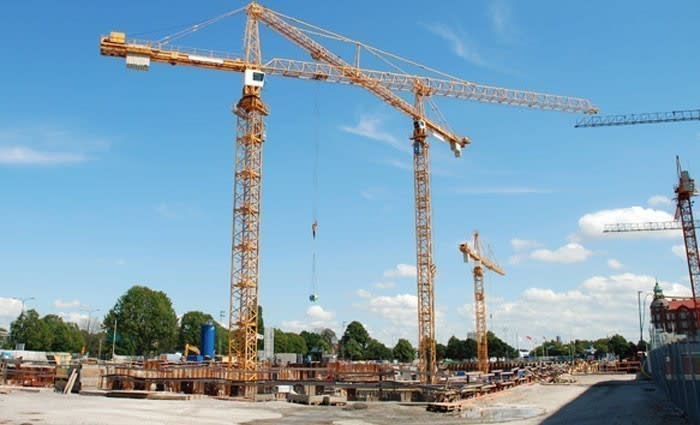Pullback in construction sector could emerge: Richard Holden
The Australian Bureau of Statistics housing finance figures released Tuesday reveal a modest increase in the total value of dwelling commitments, up an overall 0.7% for the month of January on a seasonally adjusted basis. The investor segment (up 1.1%) was stronger than owner-occupied housing (up 0.5%).
Yet the overall rise in value masked the fact that the number of dwellings purchased fell. Purchases of established dwellings was down 4.7% on the month, and new dwellings down 1.5%.
On the other hand, construction of new dwellings was up 3.1%. Now we can’t tell too much by a single month’s data, but if those kind of numbers were part of a broader pattern then there would be reason to be concerned.
Banks have tightened their underwriting standards and the Australian Prudential Regulation Authority has cracked down on interest-only loans. So housing credit is harder to come by – although it’s still ridiculously easy to obtain.
However, the construction sector works on a bit of a time lag. So there are a bunch of projects underway that were premised on the loose credit of recent years.
When they are finished there will be a lot of properties for sale and a relative paucity of buyers. That would have a price impact, spook potential buyers and their bankers further, and could lead to a sharp pullback in the construction sector. A sector which constitutes 8% of GDP and 9% of employment.
As the kids say, “sad face emoji”.
Now this scenario is not for certain. But it’s definitely something to keep and eye on in coming months.
The closely watched NAB Business Conditions Survey hit all time highs in February. The business conditions index was up three points to 21 index points, the highest level since the monthly survey began in March 1997. Yet business confidence was down two points to nine.
NAB chief economist Alan Oster pinpointed the reason for the divergence in the two measures, saying:
The fall in confidence may reflect the turbulence seen in international financial markets in early February, but confidence remains above average, suggesting that the impact was relatively limited.
The survey also showed that forward orders were strong, rising from three index points to 11, which seems to bode well for future economic growth. It also confirmed the recent trend of strong employment growth, with 400,000 jobs added in 2017.
Richard Holden, Professor of Economics and PLuS Alliance Fellow, UNSW
This Vital Signs column was originally published on The Conversation. Read the original article.
